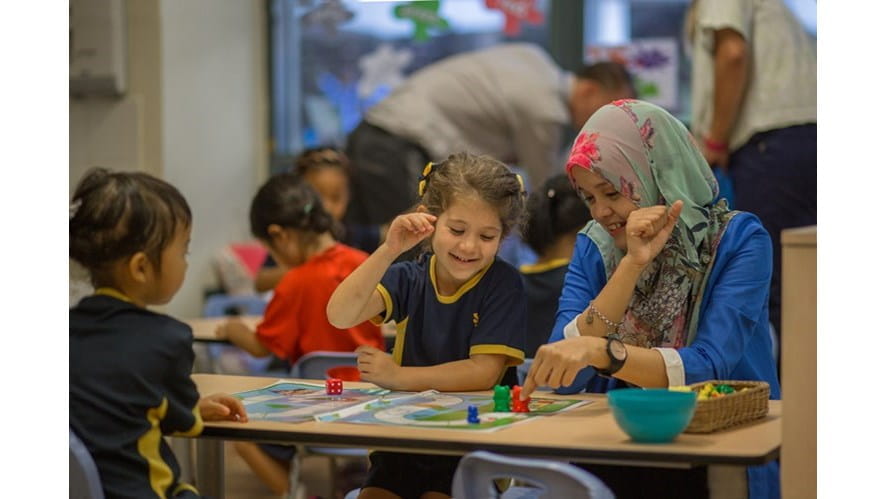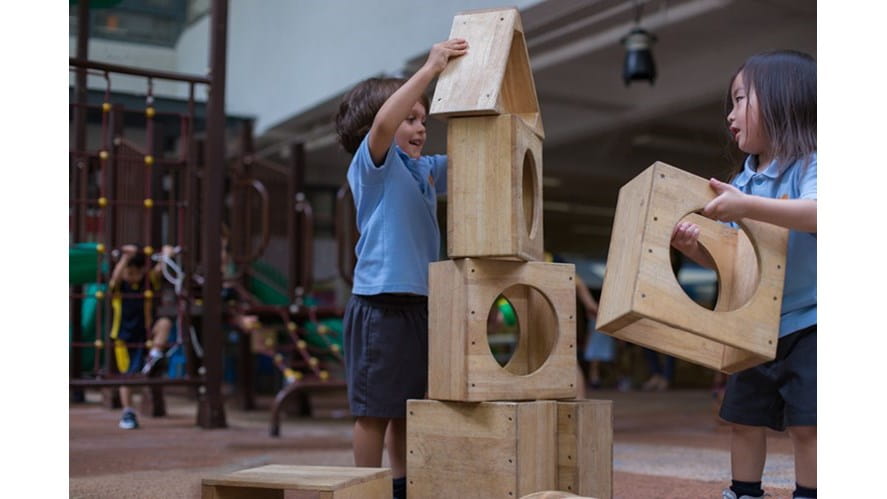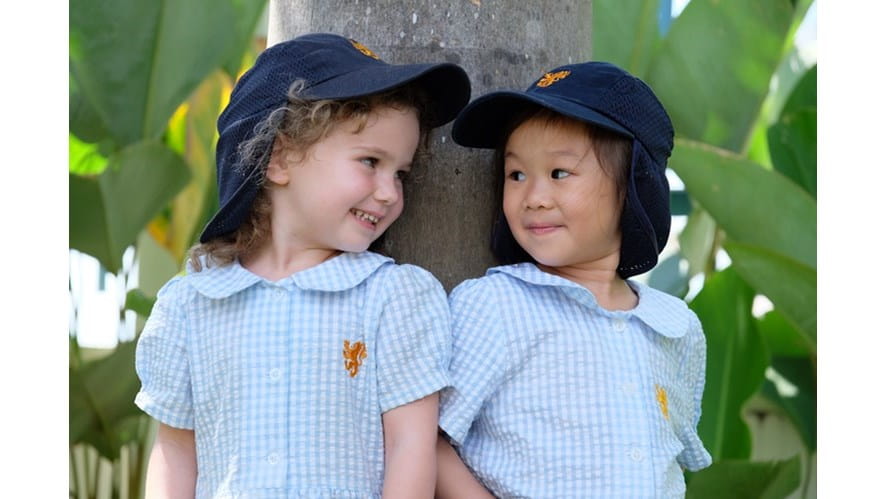We use cookies to improve your online experiences. To learn more and choose your cookies options, please refer to our cookie policy.

We recognise that moving to a new school and starting your first ever school can be daunting for a child of any age, but imagine this transition as a very young child with few previous experiences to draw on for reassurance, and when you don’t speak the same language as most of your peers and adults.
Here at BSKL, our Early Years teachers know just how to support not only the child, but the whole family through this potentially anxious period which may well be full of other transitions too, such as a new house, new jobs, away from extended family and in a new country with different traditions, cultures, food, languages etc.
We have approximately 56 different nationalities represented at BSKL and a significant number of different languages spoken by our staff, so we are expertly equipped to support new students who start with very little, if any, English. One of the three Prime Areas of Learning in the Early Years curriculum is ‘Communication and Language’. We therefore provide a language rich environment ensuring that we offer as many opportunities for children to practice verbal interactions, both formally with language being modelled by adults, and in social situations. It is important that children are exposed to new vocabulary as they need it to support their developing use of English.
Starting a new school mid-term can be tricky as it is often daunting for the new child to enter a classroom where the other students are confidently and independently moving between their morning tasks and self-selecting activities with their friends. The adults in Early Years are experienced in taking on the role of a peer for our new students who join us mid-year. The adult will (like a friend) escort them around the classroom and introduce them to a small group of peers and quickly engage them in an activity which encourages communication and interaction, but does not necessarily require any verbal contributions from the new student. A relaxed start to the day will put the new student at ease and allow them time to observe their new surroundings and become familiar with a small group of children first. The adults will be keen to find out as much as they can about the new student so that they can involve them in activities which match their interests and build their confidence.
It is important to point out that a successful transition takes time and effort from all parties involved. Communication begins prior to the child starting school, with our Admissions team handing communication over to the class teacher so that preparations can be made for a smooth start. We encourage a pre-starting school visit when the family will be provided with a personal assistant to guide them through the process of purchasing the uniform and will include a visit to the classroom to meet the teacher and Assistant Teacher. This will help to build excitement about the forthcoming start and ensure that the family know where to come on the first day. These initial introductions also enable us to determine the level of support needed, for example if we recognise that the family are new to English, where possible, we can recruit the services of another member of staff who can help translate.
Often we find that the parents need this translation support for longer than the students as young children pick up the essential language that they need to play, make friends and interact with their peers very quickly.

So how is a child who is new to English supported through the first few weeks of transition to their new school?
On the first day, many things will happen to ensure that our new student has all the important information that they may need:
they will be shown where the toilets are and given a visual prompt card to use if they cannot yet express verbally their personal hygiene needs
they will be shown where to put their belongings during the school day, this locker will have their English name and where possible a photo for easy recognition
they will be shown where to keep and freely access their water bottle during the day and again given a visual prompt card to help them express their needs
they will be given a tour of their immediate surroundings and reminded of their new teacher and Assistant Teachers names
they will be assigned a Peer Buddy - preferably another child in their class who can speak the same language as them
if necessary and where possible they will be assigned an Adult Buddy, another adult in school who can speak the same home language as them. This person will check in on them at key times throughout their first week and extend this support if necessary
they will be shown a visual timetable of the day and pick up time will be marked on there and pointed out to them - again with a visual prompt if necessary
as necessary, visual prompts (eg: toilet, water, Yes / No, thumbs up / down, happy face / sad face) in the form of picture cards, adults pointing and miming actions will be used to support them through the first few weeks.

Even for a child who has already been to a pre-school / kindergarten setting, the transition to a large international school can be both exciting and daunting. The school day may be longer and the structure of the day will certainly be different. A school setting is likely to have specialist teachers for lessons such as PE, Music, Swimming and Modern Foreign Languages, which essentially means that the children move around different locations in the school building. For new students starting mid year, this means that they have to get used to more than just one teacher and one learning environment. At BSKL we ensure that the Assistant Teacher accompanies the Early Years children and can support these lessons using the established visual prompt cards. They are the familiar adult who is there all day to ensure continuity of expectations and create a sense of familiarity and security for our mid-year starters.
All our Early Years children start their transition by staying for a half day during the first week. Only when both the teachers and parents feel that the child is emotionally ready to extend the school day will they do so. This is often a gradual process of including lunch at first, then including lunch and an outside playtime, then staying for the whole day.
As experienced Early Years practitioners, we know that the emotional well being of our students is the most important factor when it comes to settling into a new school and beginning to access the curriculum, learn and make progress as quickly as possible.
We are keen to support parents too. When a new family starts at BSKL, the teachers will connect them with the Parent Class Reps for their child’s class and will also if necessary and where possible introduce them to another existing parent who speaks the same language.
If your child is about to encounter this transition, please read our ‘Preparing your child to start their new school’ document which has some top tips for positively involving your child in the build up and preparation for that first day at their new school.
Written by Sarah Townend, Head of Early Years